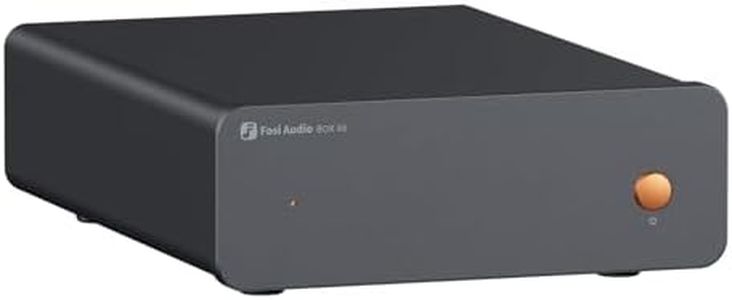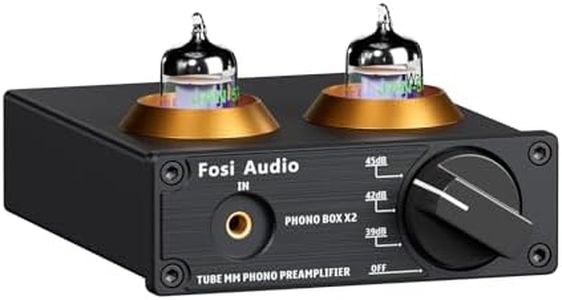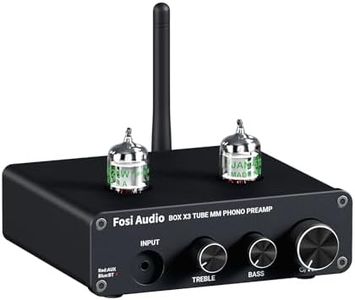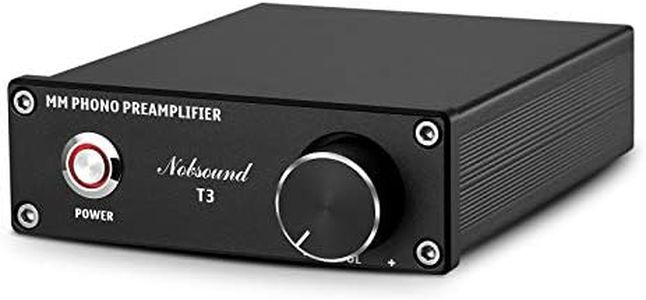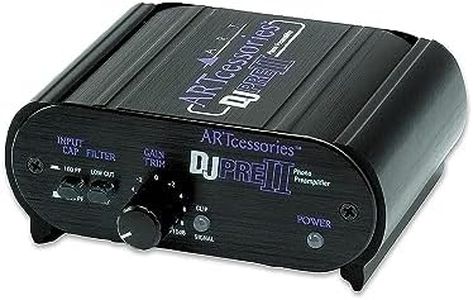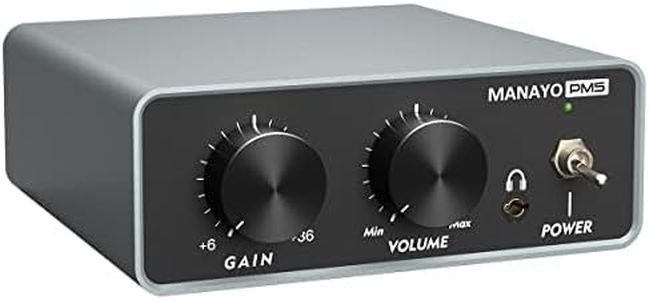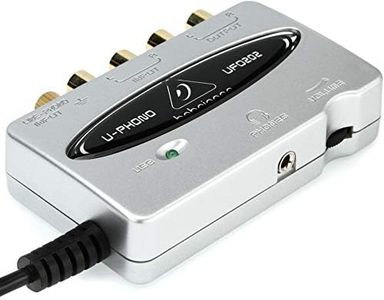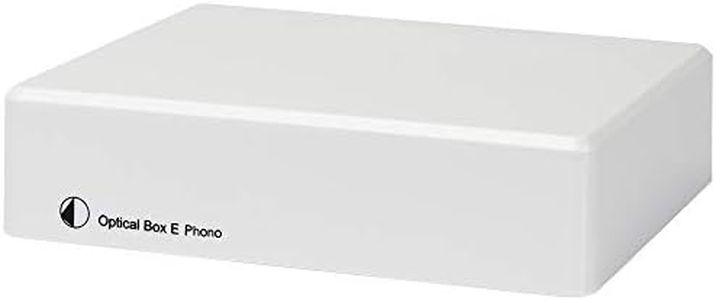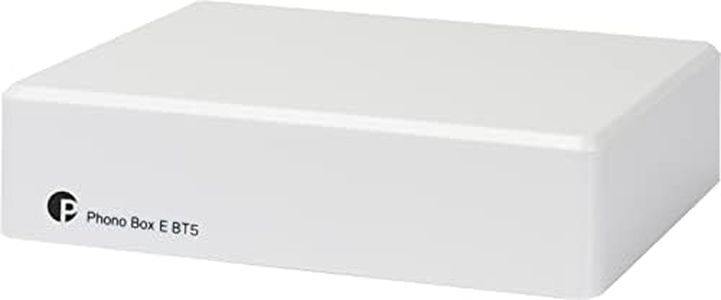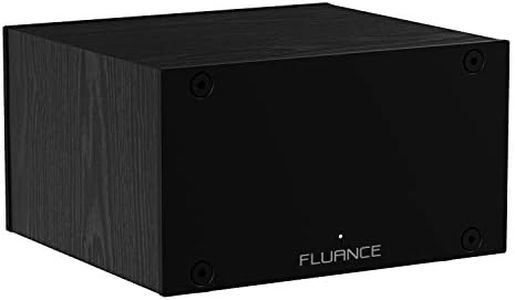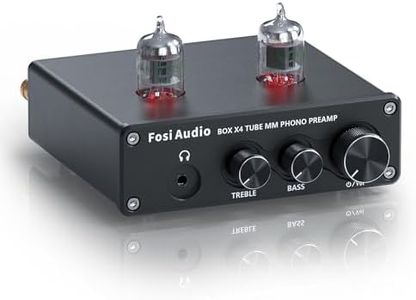We Use CookiesWe use cookies to enhance the security, performance,
functionality and for analytical and promotional activities. By continuing to browse this site you
are agreeing to our privacy policy
10 Best Turntable Preamps
From leading brands and best sellers available on the web.Buying Guide for the Best Turntable Preamps
Choosing a turntable preamp is an important step toward getting great sound from your vinyl records. A preamp boosts the tiny signal from your turntable to a level that your speakers or amplifier can use, and it can have a big impact on the clarity and character of your music. To pick the best preamp for you, consider how it fits with your existing turntable, amplifier, and speakers, as well as your listening preferences. Understanding the key specifications will help you match your equipment correctly and get the sound quality you want.GainGain is the amount of amplification the preamp adds to the signal from your turntable. It's important because turntable cartridges produce a very quiet signal that needs boosting to match other audio sources. Gain values are usually measured in decibels (dB), and you’ll often see low, medium, and high gain settings. Low gain (around 30-40 dB) is suitable for moving magnet (MM) cartridges, while higher gain (50-60 dB or more) is for moving coil (MC) cartridges which produce even quieter signals. Choose a preamp with a gain setting that matches your cartridge type; using the wrong gain can make music too quiet, too loud, or distorted.
Cartridge Compatibility (MM/MC)Cartridge compatibility refers to whether a preamp is designed for moving magnet (MM), moving coil (MC), or both types of cartridges. MM cartridges are more common and work with most entry-level preamps, while MC cartridges are typically used in high-end setups and require special preamp circuitry. Make sure your preamp supports the type of cartridge on your turntable; using an incompatible preamp may result in no sound or poor audio quality.
Input and Output ConnectionsInput and output connections describe how the preamp connects to your turntable and to the rest of your audio system. The most common inputs and outputs are RCA jacks, but some preamps also have options like balanced XLR or digital outputs. Matching the connection types to your gear ensures easy setup and the best signal quality. If you plan to use a digital system or have long cable runs, you might want a preamp with digital or balanced output options.
Signal-to-Noise Ratio (SNR)The signal-to-noise ratio (SNR) measures how much background noise the preamp adds compared to the music signal. A higher SNR value (measured in dB) means less noise and a cleaner sound. Entry-level preamps typically offer lower SNR, while higher-end models have SNR values above 80-90 dB. If you’re sensitive to hiss or background noise, or you want the cleanest sound, look for a preamp with a high SNR.
Adjustable Settings (Impedance and Capacitance)Some preamps allow you to adjust settings like input impedance and capacitance, which can fine-tune how the preamp matches your cartridge and records. These features are important for enthusiasts who want to optimize sound quality or who plan to switch between different cartridges. If you want to experiment with your sound or use multiple cartridges, choose a preamp with these adjustable features; if not, a fixed setting preamp is usually simpler and easier to use.
Form Factor and Power SupplyForm factor describes the size and shape of the preamp, while the power supply refers to how it gets its power. Smaller, compact designs are easier to fit into tight spaces, while larger models might offer extra features or better shielding. As for power supply, some preamps run on batteries, external adapters, or plug directly into the wall. If space is limited, consider the preamp’s size; if you want the most consistent performance, prefer preamps with robust power supplies rather than battery-powered ones.
